From astounding mineral discoveries to iconic American poetry inspired by Colorado’s natural beauty, the Centennial State boasts a rich history unlike anywhere else in America. You already know that modern life in Colorado is a world away from what it looked like when it officially became a state in 1876.
Still, many significant moments in the state’s timeline helped to define life here as well as the rest of the country in some cases.
Brief History of Colorado since Statehood
Today, we’re taking a deep dive into Colorado’s history with a timeline of major events starting with the state’s founding through 1970. The state was largely shaped during the Colorado Gold Rush, which kicked off in 1859. And just two years later, Colorado became its own territory.
The resulting decades of mining history continue in some local areas to this day. While it became a state just 15 years after the Colorado Territory was formed, it wouldn’t see its first “real” Colorado state flag until the early 1900s.
Here is a timeline of Colorado’s history from 1876 through 1970, in chronological order:
August 1, 1876 – President Ulysses S. Grant formally admits the State of Colorado to the Union
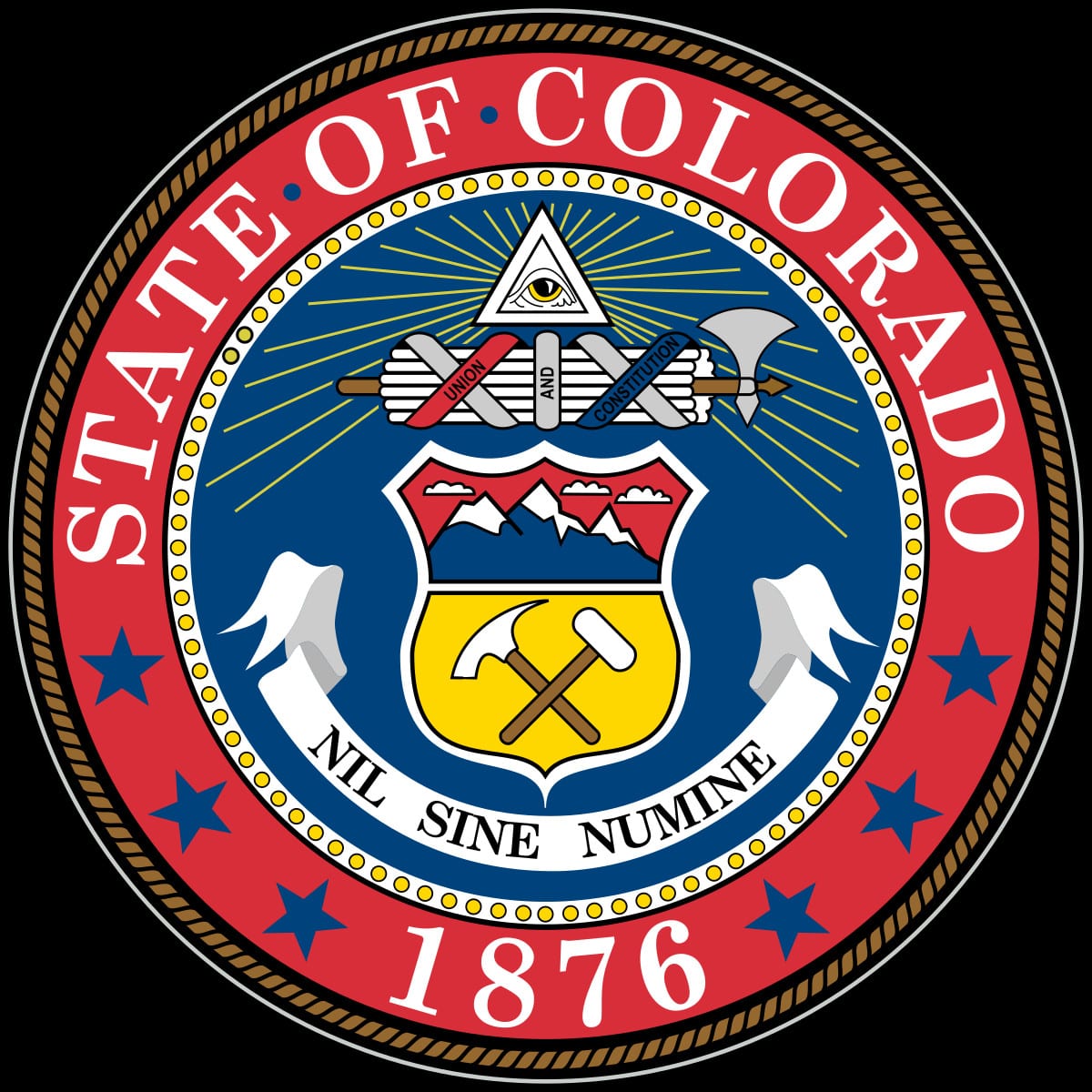
What Colorado was before it officially became a state in 1876 is complicated. The US bought the state’s eastern region through the Louisiana Purchase in 1803, and the western side was snatched up through the Treaty of Guadalupe Hidalgo almost 50 years later. The Republic of Texas had some legitimate claims on pre-Colorado land as well, which the US sorted after Texas officially became a state in 1845.
Shortly before leaving office in 1861, President James Buchanan signed legislation forming the Territory of Colorado, and the boundaries he designated are still recognized today. In 1875, Congress passed an act designed to transition the Territory of Colorado into a bonafide US state, and President Ulysses S. Grant made it official a year later.
1877 – Dinosaur fossils are discovered for the first time in Colorado
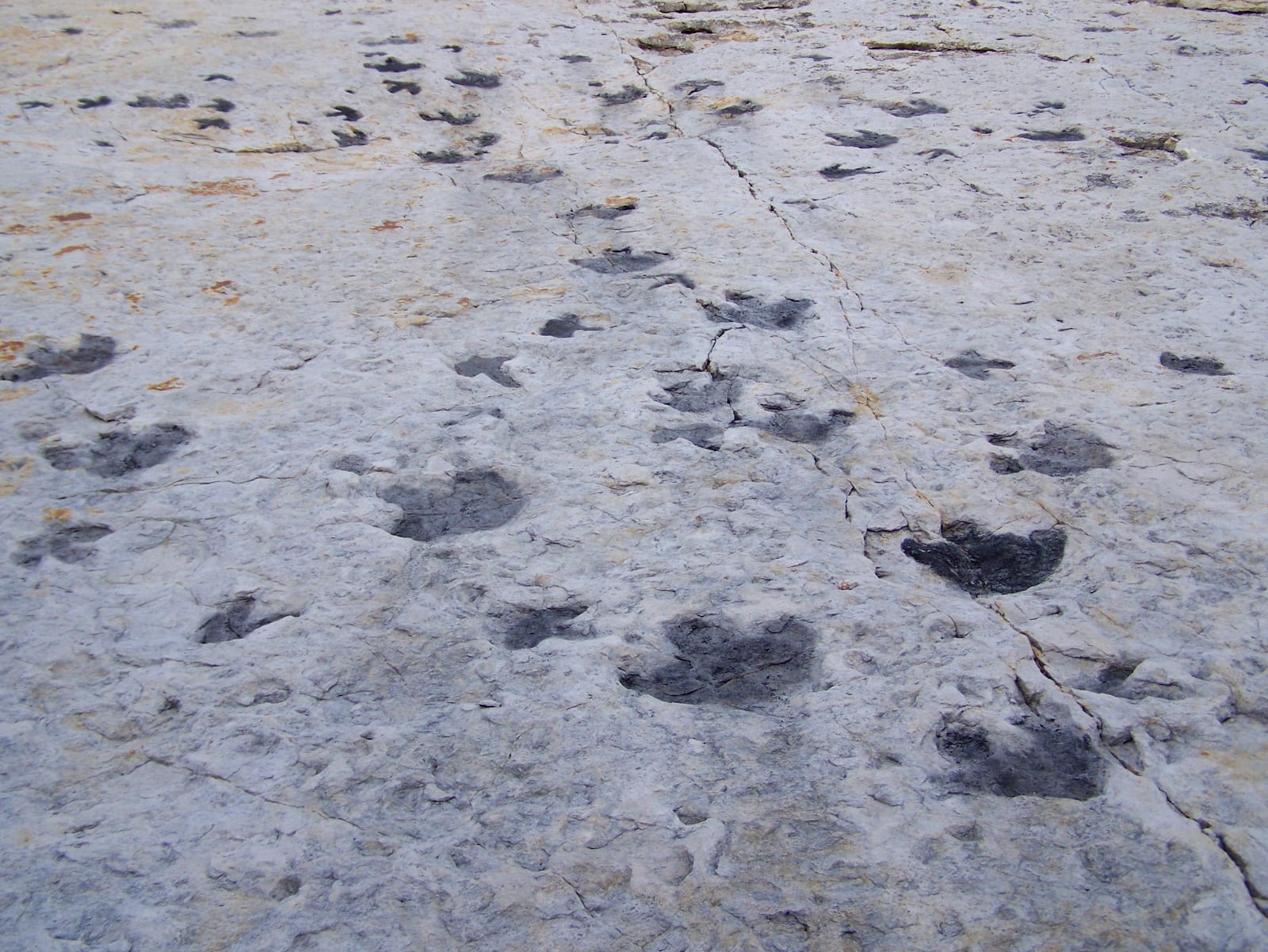
In 1877, Colorado School of Mines professor Arthur Lakes unearthed previously undiscovered fossils that would later be called some of the world’s most recognizable dinosaurs. With seminal discoveries of species like the Stegosaurus and Allosaurus, Colorado’s State Fossil, Lakes’ incredible finds at Dinosaur Ridge were later thought of as evidence showing that dinosaurs roamed around ancient Colorado 150 million years ago during a period paleontologists call the “Age of Giants.”
Lakes’ Colorado discoveries were soon known the world over, and they helped to shed light on prehistoric life in North America and beyond. The region today is located between Golden and Morrison in the foothills of Colorado’s Front Range.
June 1, 1881 – Union Station opens in Denver
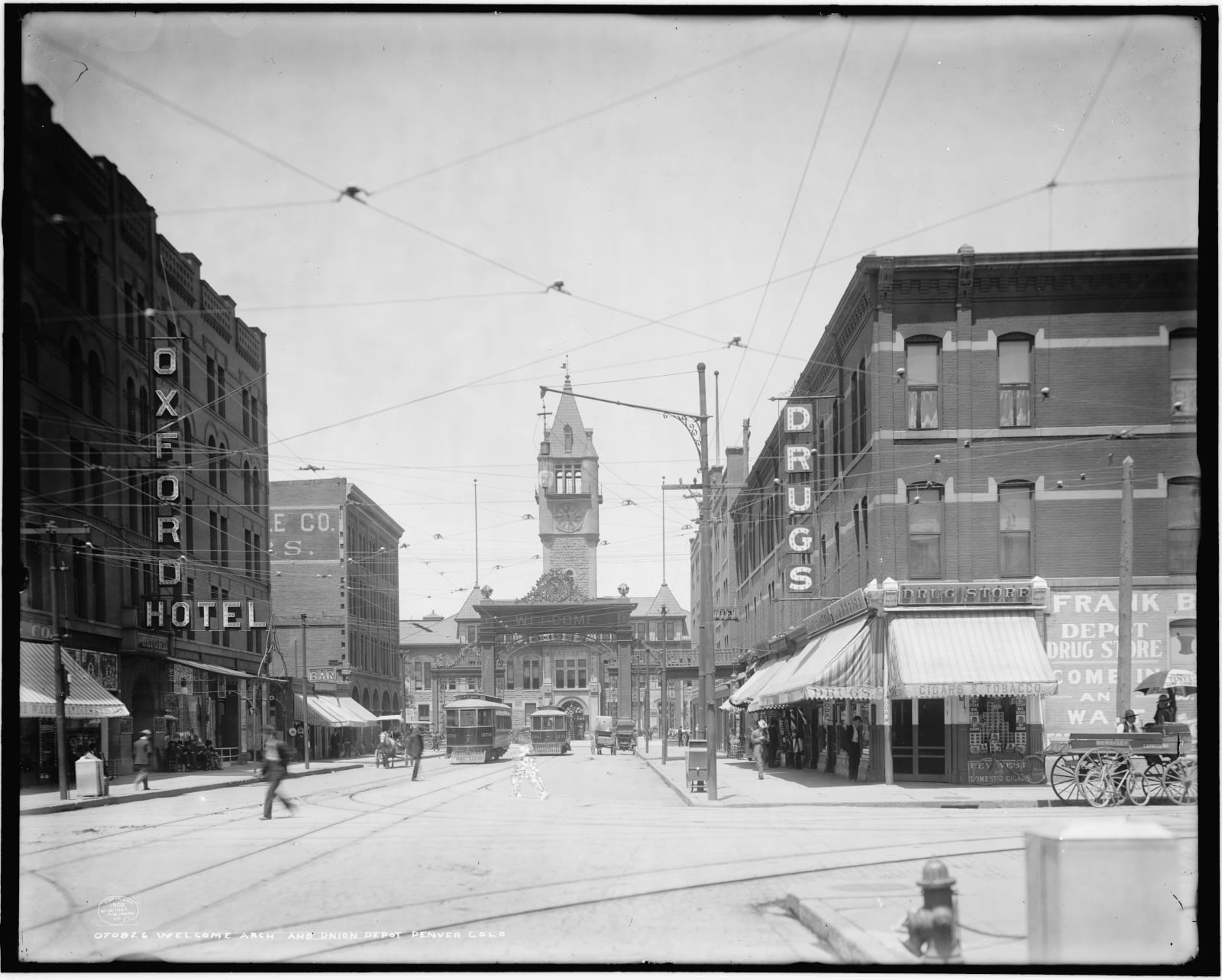
Like many old Colorado institutions, Union Station has experienced several lifetimes of transformation and reinvention over the years. Today, it’s an upscale destination packed with swanky bars and restaurants, and it also serves as an important local transportation hub for rail and bus services. When Union Station was built in 1881, it was the largest building in Denver. A fire started in the women’s restroom ravaged the building 13 years later.
In 1902, Denver police started enforcing a “no kissing” rule to keep trains running on time. But by the early 2000s, the once grandiose Union Station had fallen into disrepair and underwent dramatic renovations in 2012. Two years and $54 million later, Union Hall reopened and wowed the city of Denver with a classic ambiance that revitalized the iconic building.
Before Colorado had interstates or even cars, trains were used to take people and goods to and from cities like Denver. Today, all you need to take a trip from Denver to Colorado Springs, Leadville, Durango, or Steamboat Springs is a car and a little time to spare, but when rail service began connecting these Colorado destinations in the late 1800s, it represented a universe of new economic and cultural connections that transformed the state.
November 7, 1882 – A large earthquake hits west of Fort Collins
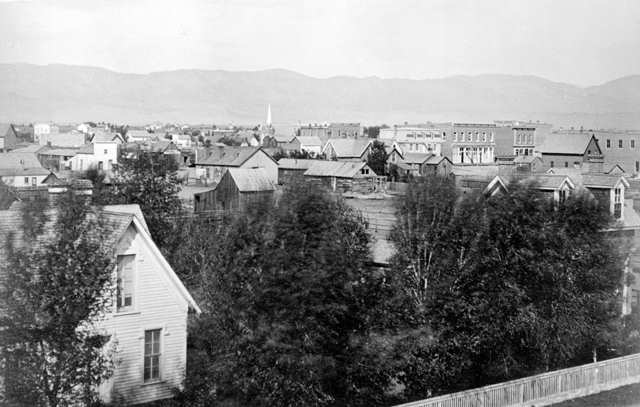
Colorado probably doesn’t come to mind when you think about earthquakes, but they do shake the state from time to time. Small earthquakes occur constantly around the world, but cities like LA, San Fransisco, and Seattle are places where they’re thought to experience ones that impact Americans the most. But in November of 1882, an area west of the northern Colorado city of Fort Collins experienced a 6.5 quake, which was strong enough to crack local windows and walls.
It was the strongest recorded quake the state has ever experienced, though a 5.3 magnitude event that occurred near Trinidad in 2011 came somewhat close to matching it. According to the Denver Post, Colorado’s Western Slope experienced more than 3,500 earthquake events from 1990-2000, but most are too small to feel.
October 20, 1890 – Robert Miller Womack strikes gold at Cripple Creek near Pikes Peak
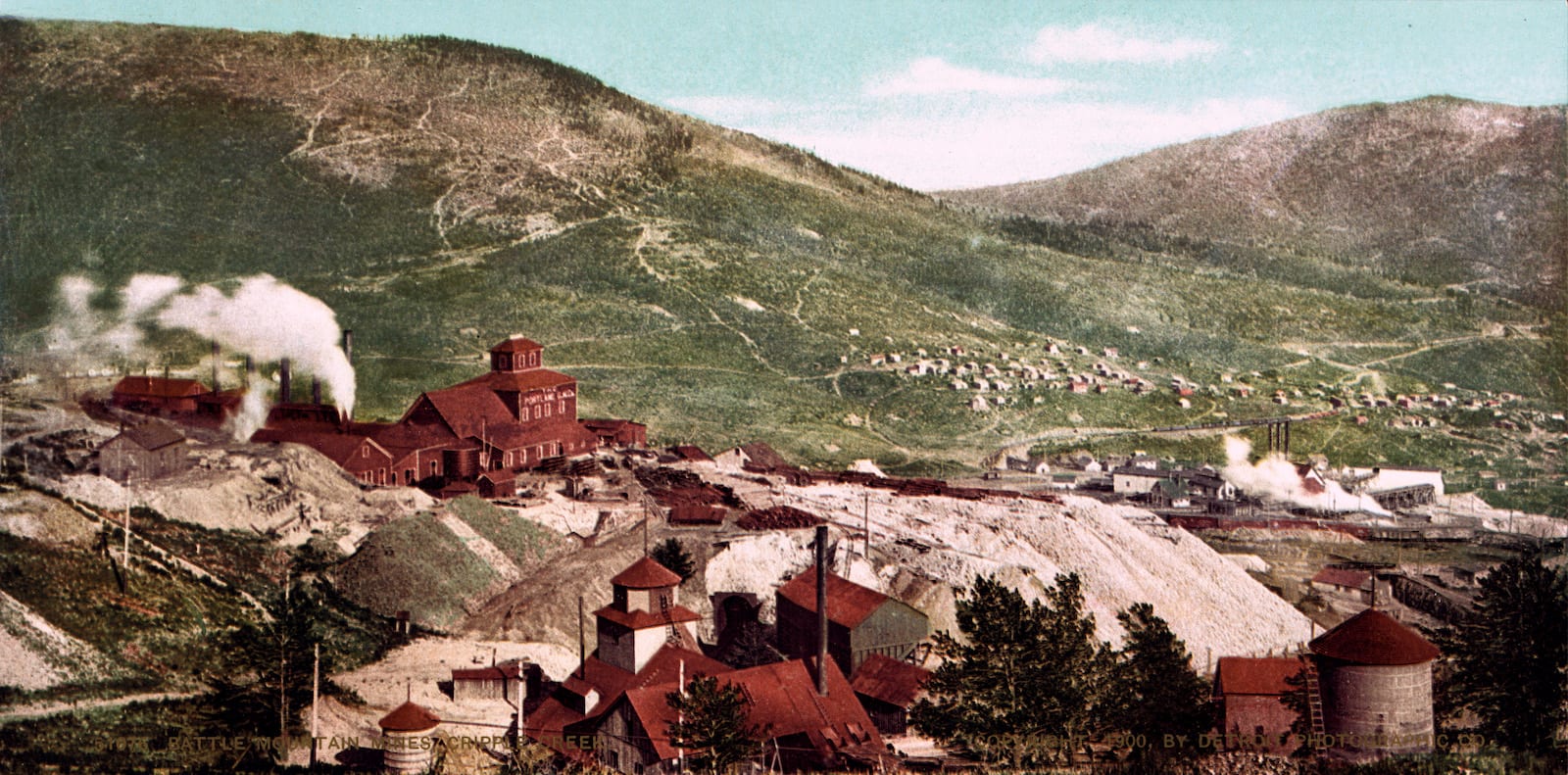
Before 1890, the land comprising Cripple Creek’s high valley was generally thought of as a decent pasture for cattle and not much else. But when Robert Miller Womack, or “Bob” as he liked to be called, discovered gold there, it kicked off one of the biggest gold rushes in history.
Prospectors frantically made their way to Cripple Creek in search of riches, but none made out better than Winfield Scott Stratton, whose discovery of the Independence Lode is thought to be one of the largest gold discoveries in history. Stratton became unbelievably rich, but he was thought of as someone who was notably generous, evidenced by the financial assistance he offered to Bob Womack and politician Horace A. W. Tabor.
July 1, 1891 – The Broadmoor Casino opens in Colorado Springs
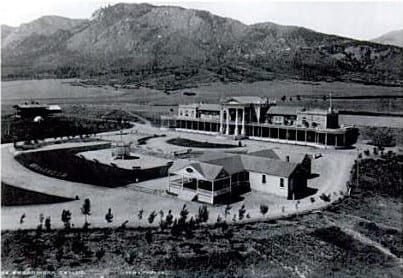
As you’d expect, an institution as luxurious, sprawling, and famous as the Broadmoor has a story to tell. It all began with a humble dairy farm that was snatched up and converted into a casino in 1891. In 1916, the casino and surrounding land were bought by Spencer Penrose, a man who made his way west and earned a fortune mining at Cripple Creek.
The Philadelphia native bought the Broadmoor Casino intending to turn the Pikes Peak region into an international resort destination by marrying Western ruggedness and charm with chic European trappings and tradition. The resort has changed owners multiple times over the years, but today Penrose’s vision is alive and well, and the Broadmoor in Colorado Springs is generally thought of as one of the best resort destinations in the US.
August 1892 – The Evening Post is founded in Denver
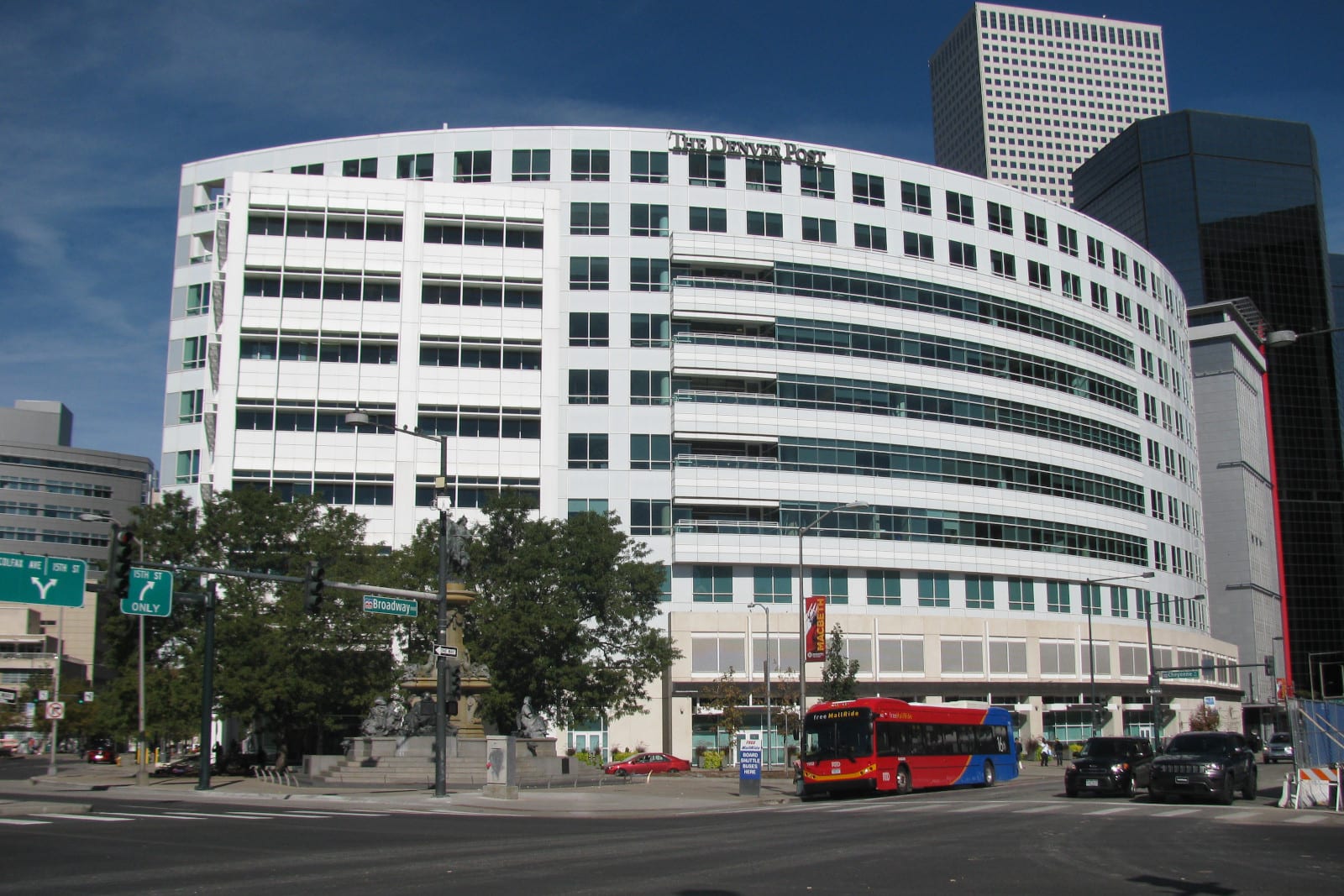
Before it was called the Denver Post, the famous Colorado publication was called the Evening Post and briefly the Denver Evening Post. The influential paper was founded in 1892 for political purposes by supporters of Grover Cleveland who wanted a vehicle for spreading their Democratic political ideals. However, the original incarnation of the paper was short-lived, and a crash in silver prices caused Cleveland to become deeply unpopular in Colorado.
The paper folded in 1893 and changed hands multiple times before it began creating sensational content that some referred to as “flamboyant circus journalism”, which made it the most popular paper in the state. While the Denver Post boasts a long history, it should be noted that the now-defunct Rocky Mountain News was established 34 years earlier in 1859.
July 22, 1893 – Katharine Lee Bates climbs Pikes Peak and writes “America the Beautiful”
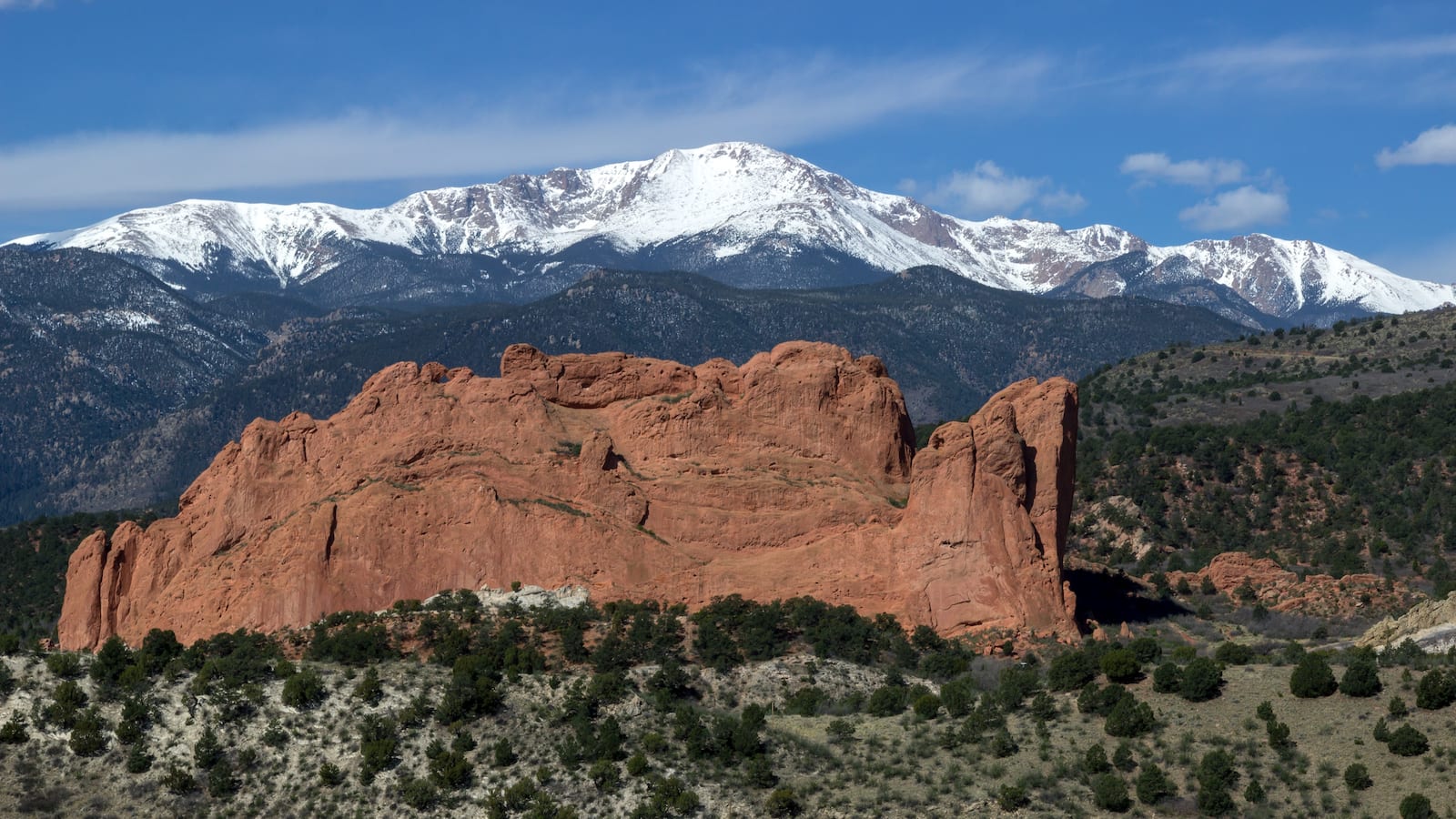
You may not know it, but a famous ascent to the stunning summit of Pikes Peak resulted in one of America’s most beloved and patriotic pieces of music. In 1893, Katharine Lee Bates was an English teacher in Colorado Springs, Colorado. One day that summer, she and some fellow teachers decided to climb nearby Pikes Peak. “We hired a prairie wagon,” she later said. “Near the top, we had to leave the wagon and go the rest of the way on mules. I was very tired. But when I saw the view, I felt great joy.
All the wonder of America seemed displayed there, with the sea-like expanse.” Bates later penned the iconic poem that would later be set to music by church organist and choral director Samuel A. Ward, a man she would never meet in person. The original poem was aptly and somewhat unimaginatively titled “Pikes Peak” and was changed to “America the Beautiful” when Ward set music to it in 1910.
1893 – The Denver Depression of 1893 plunges Colorado into deep economic turmoil

In the fall of 1893, America suffered a crippling financial crisis, but Colorado’s pain was felt so acutely that the event took on a localized identity––the Denver Depression. Denver’s agricultural industry had already been dealing with severe droughts and costly winters before 1893, but a sudden drop in the cost of silver pushed Colorado over the edge and brought on a severe economic and psychological depression. So many Coloradans were impacted that local rescue missions quickly ran out of food.
When silver lost out to gold as America’s standard of currency, Colorado’s silver mining industry was badly damaged, and a deep depression in Denver ensued. Newly unemployed miners looking for work in Denver overwhelmed the city, and local banks started failing. In under a year, the Colorado Bureau of Labor Statistics reported that 377 businesses had failed, 435 mines had closed, and 45,000 people lost their jobs. Denver’s population declined from 106,000 in 1890 to 90,000 five years later.
Iconic local business owners and politicians were financially ruined during the Denver Depression. Henry Brown, the owner of the Brown Palace, spent the last years of his life fighting to retain ownership of his hotel, and Republican politician and businessman Horace Tabor lost his vast fortune and was forced to become Denver’s Postmaster to stay afloat financially only to die one year later.
November 7, 1893 – A referendum allows women in Colorado to vote for the first time
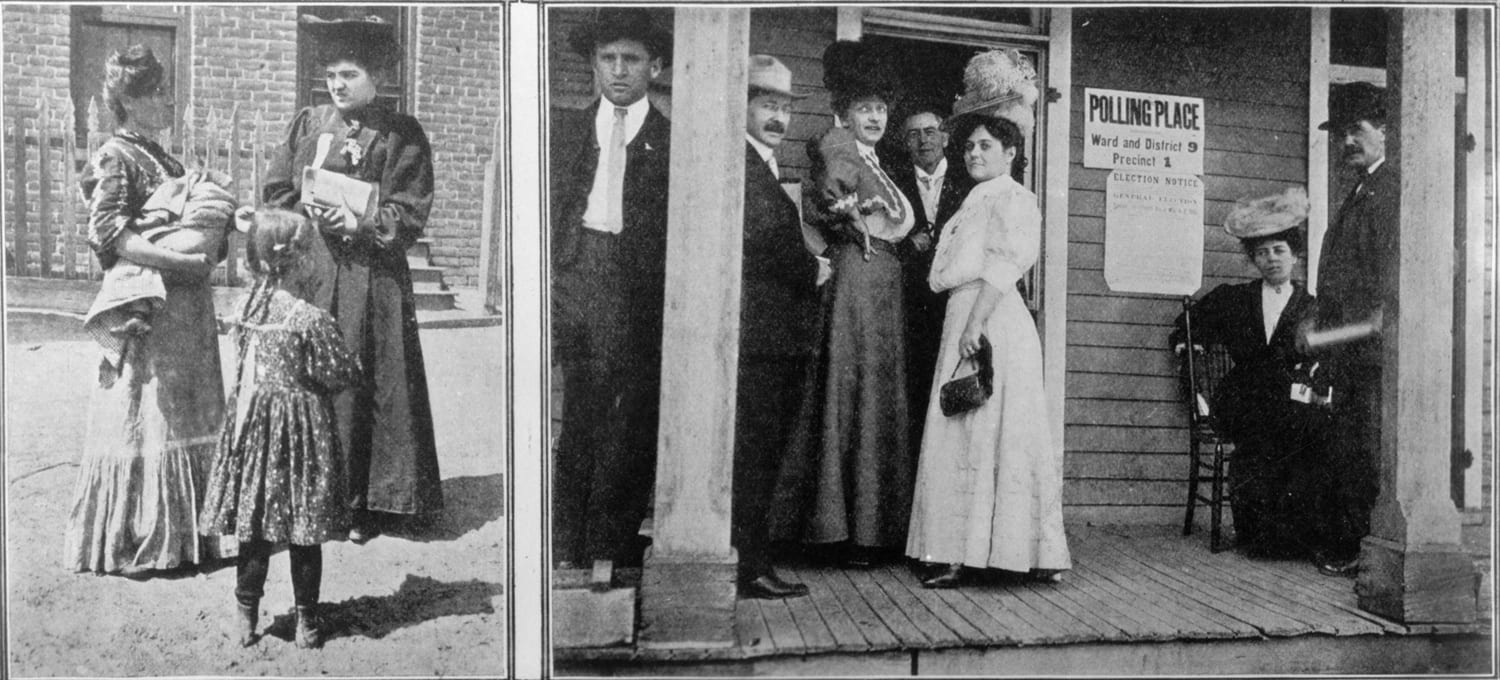
In the fall of 1893, Coloradans voted to give women equal voting rights in the state by a 55% margin. A coalition of organizations, churches, political parties, charity groups, unions, and farmer’s alliances called the Colorado Non-Partisan Equal Suffrage Association is credited for the legal success, and the following year Clara Cressingham, Carrie Clyde Holly, and Frances Klock were elected to the Colorado House of Representatives and became the first women to be elected to any legislature in American history.
Colorado was the first state in the nation to pass women’s suffrage into law through a referendum, but one of its neighbors was far more progressive in that regard. Though Wyoming didn’t become a state until 1890, it passed the first law in the nation permanently guaranteeing women the right to vote and hold office in 1869 when it was still a US territory.
January 29, 1906 – The Western Livestock Show opens in Denver
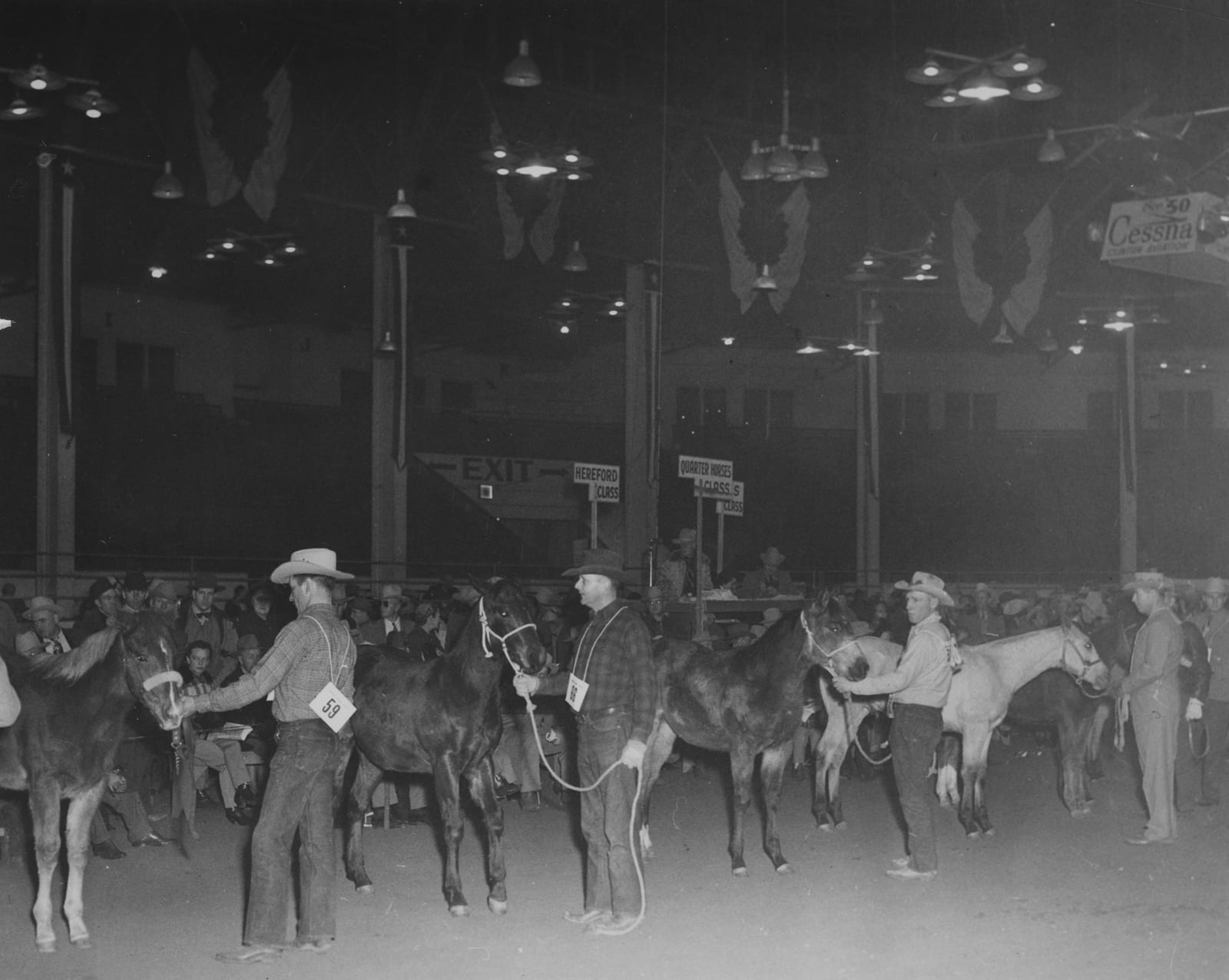
Now known as the National Western Stock Show, the Western Livestock Show was established in 1906 to teach local farmers and ranchers breeding and feeding techniques for their animals. In 1908, the event expanded to include animals from around the world. Over the years, events have been added that are now widely loved in Colorado and beyond, including a rodeo, horse show, and mutton bustin’, a competition where children aged 5-7 ride on sheep.
Today, the event is considered to be the largest stock show in the world in terms of the number of animals included and is thought of as an institution crucial for preserving Colorado’s western character and heritage. The National Western Stock Show’s mission is:
to preserve the Western lifestyle by providing a showcase for the agricultural industry through an emphasis on education, genetic development, and innovative technology, and offering the world’s largest agricultural marketing opportunities.
May 31, 1906 – Earliest documented performance at the Red Rocks Amphitheatre site
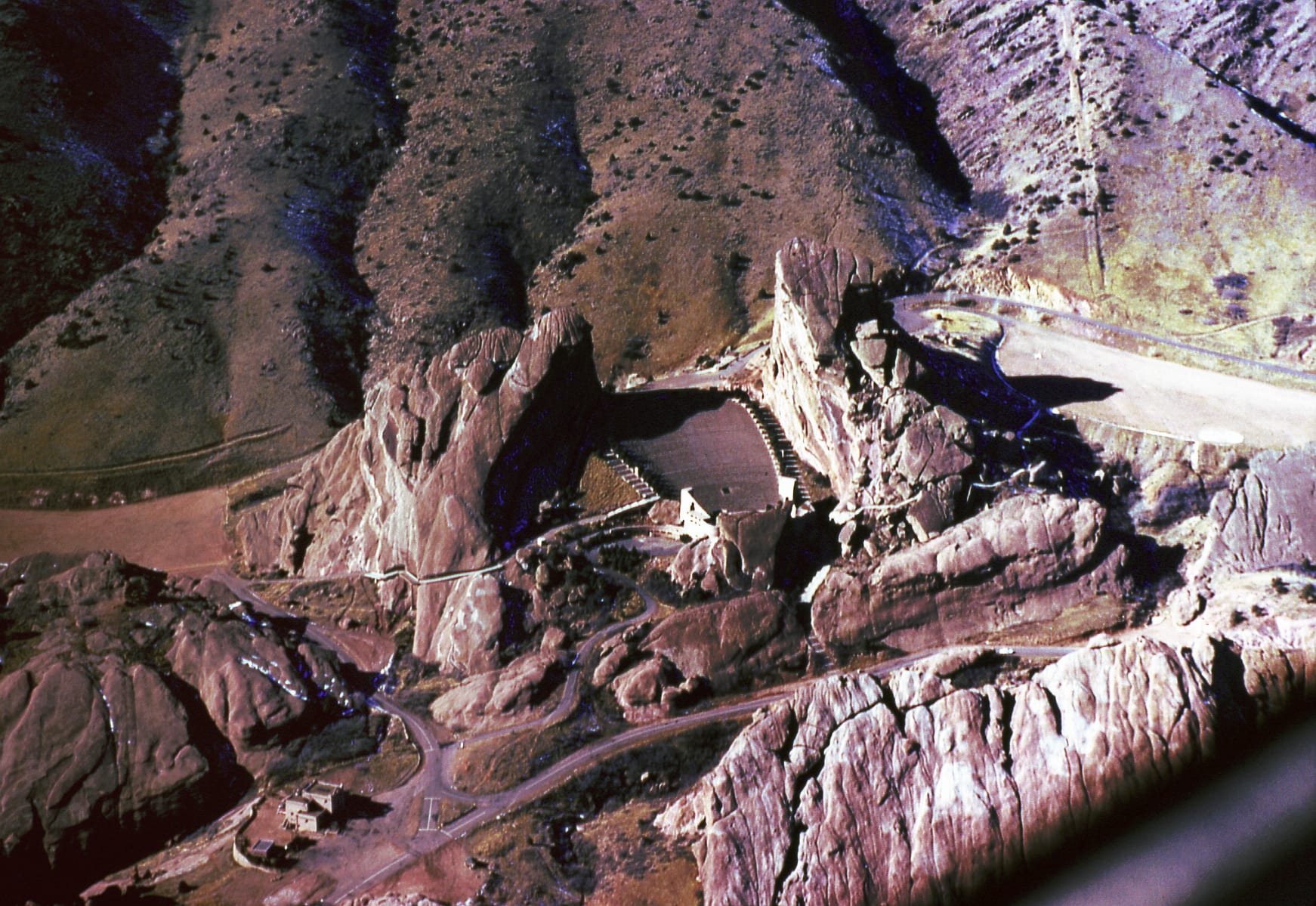
Before Red Rocks became one of the most famous and loved venues in the world, it was a stunning natural wonder that was said to be frequented by local Ute tribes. The first time we’re aware of music being performed at the hallowed Colorado destination was in 1906, back when Red Rocks had adopted the name of “Garden of the Titans.” The concert was thrown by the publisher and businessman John Brisben Walker and was billed as a grand opening of the natural amphitheater to the public.
Walker purchased the site with the money he’d earned selling Cosmopolitan Magazine, a publication he’d owned since 1888. We don’t know much about Red Rocks’ first formal music performance other than that it featured a musician named Pietro Satriano and a 25-piece brass band. The city of Denver didn’t purchase the site until 1928, but the Red Rocks venue recognized by the world today didn’t come into existence until 1941 when it was opened to the public after years of construction.
Walker’s Garden of the Titans might be a world away from the venue we all know today, but his dream of bringing musicians and audiences together there outdoors amidst such natural beauty and splendor is at the foundation of what Red Rocks is now, more than a century after he threw his first show there.
April 20, 1914 – Men, women, and children are shot and burned to death at the Ludlow Massacre
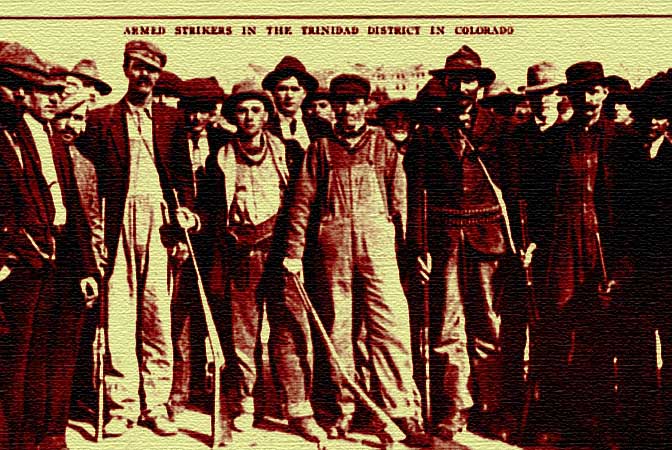
85 years to the day before Colorado suffered through the violent horrors that took place at Columbine High School in Littleton, CO, the state saw another massacre that had profound impacts locally and across the nation. From September 1913 to December 1914, coal miners organized a massive strike against the Colorado-based mining companies they worked for, including the Colorado Fuel & Iron Company, which was owned by the Rockefeller family.
Miners complained of extremely dangerous working conditions, being forced to work without pay and the unfairness of living in company towns. These towns were completely owned by mining companies, and they forced miners to adhere to strict curfews and live under the rule of armed guards who refused to let miners leave. Miners who spoke out against the companies they worked for would be evicted from their homes and out of a job. The strike set off what’s now known as the Colorado Coal Wars, and tensions boiled over on April 20th, 1914 when four militiamen fired machine guns into a camp of 1,000, striking miners as well as their wives and children in Ludlow, Colorado.
That night, the National Guard set fire to the camp. Some residents were shot trying to escape the gunfire, and others perished in the fire. Before the massacre, John D. Rockefeller was asked by a member of Congress if he’d stand by his anti-union principles even if it cost the lives of his employees.
“It is a great principle,” he replied, referring to what he considered to be the right for employees to work in any conditions they chose. Some say 21 died during the massacre, but others believe the number was higher. Colorado and the world were stunned by the violence at Ludlow, and the US Congress responded by instituting national child labor laws and an 8-hour workday.
January 26, 1915 – Rocky Mountain National Park is created
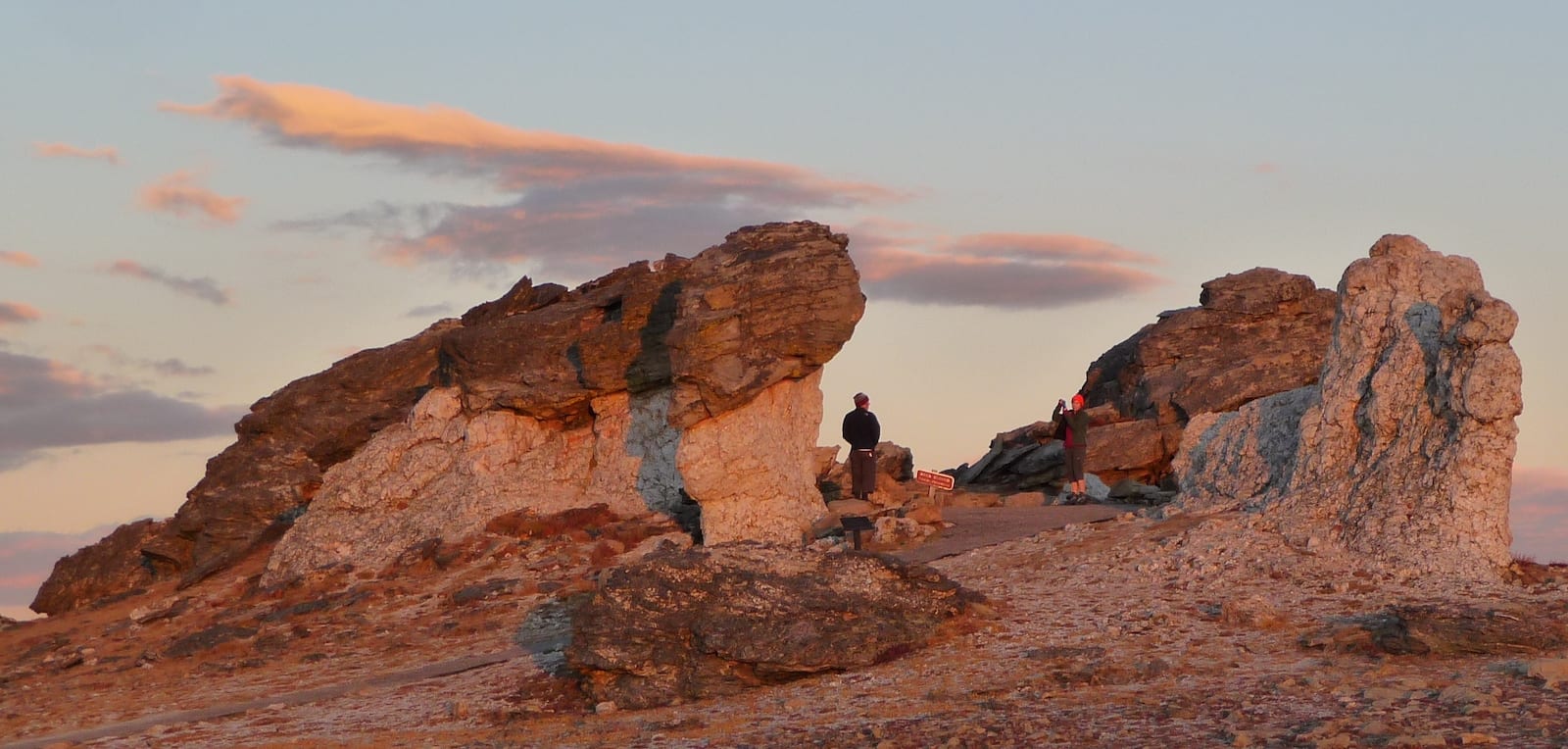
Long before the pristine area, which we now call Rocky Mountain National Park was known and fawned over by nature lovers around the world, it was a spot where Paleoamericans frequented to hunt and forage for food. The Ute and Arapahoe peoples later favored the area as well, though harsh winter conditions meant they couldn’t live there year-round. Settlers began arriving in the area in the 1880s, and tourists soon followed.
In 1900, a movement aimed at preserving natural spaces in America started gaining traction, thanks to Theodore Roosevelt, Gifford Pinchot, and John Muir. The idea to convert the gorgeous mountain landscape outside of Estes Park into a vast national park first came in 1909 from a Coloradan nature enthusiast named Enos Mills.
In years to come when I am asleep beneath the pines, thousands of families will find rest and hope in this park, he said.
He spent years writing thousands of articles and letters to Congress to create a national park but was opposed by logging, mining, and agricultural companies. But on January 26, 1915, Mills’ dream became a reality when President Woodrow Wilson signed the Rocky Mountain National Park Act and established to park.
June 3, 1921 – Flash floods kill 1500 in southern Colorado and devastate the city of Pueblo
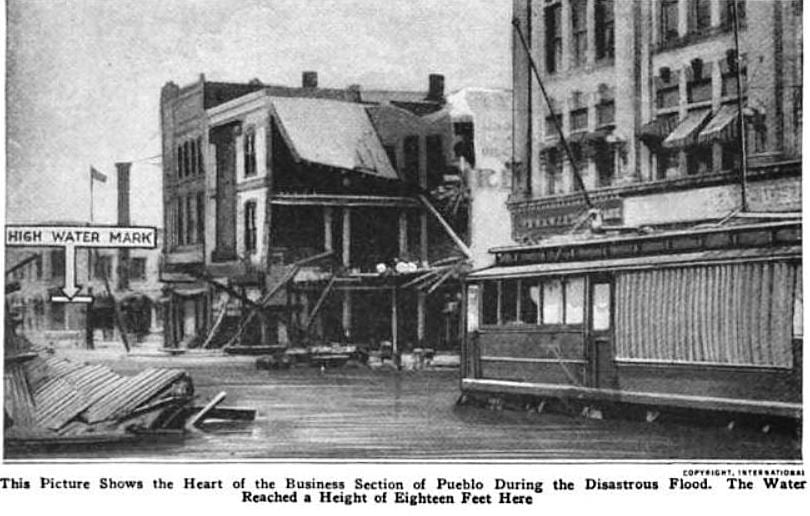
In the late spring of 1921, a massive flood covered over 300 square miles with water and took the lives of 1,500 Pueblo, CO residents. According to a recent 9News feature, the part of the city where the Arkansas River meets Fountain Creek was completely inundated with water. 600 homes were washed away in the flooding, and Pueblo’s business district was under 10 feet of water in just two hours.
In what must’ve been a bizarre and horrifying sight for those who lived to share what they’d survived, the local lumberyard caught fire and sent burning timber barreling down flooded city streets. By the end, 1500 were killed, and more than $300 million in damage was done by today’s standards. Pueblo’s downtown was completely ravaged by the flooding, and much of the city was severely damaged.
August 1948 – Construction of the Valley Highway begins
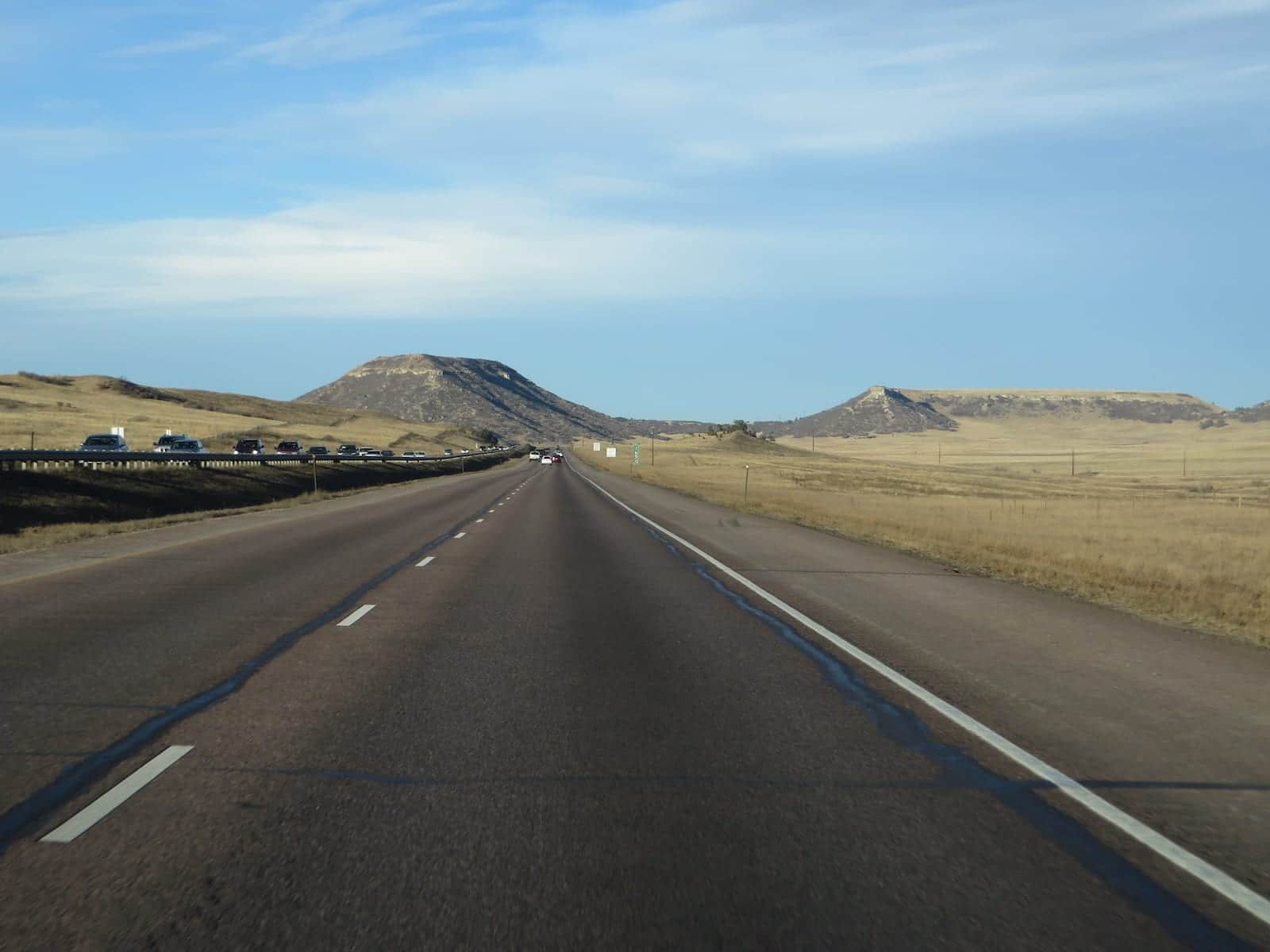
Before the Valley Highway was constructed to move traffic through Colorado’s front range quickly, an average trip from Denver to Pueblo took 8.5 hours on State Highway 1, which was an unpaved road. Upgrades were gradually made with paved routes like US 85 and 87, but Valley Highway’s 1948 construction in Denver was the state’s first shot at bringing multi-lane highway transportation into Colorado.
Pueblo followed suit with their multi-lane highway a year later. These early highways were the foundation of I-25, which wouldn’t fully connect the southern and northern borders of the state until the late ’60s.
September 11, 1957 – A fire at Rocky Flats exposes Colorado residents to radioactive smoke
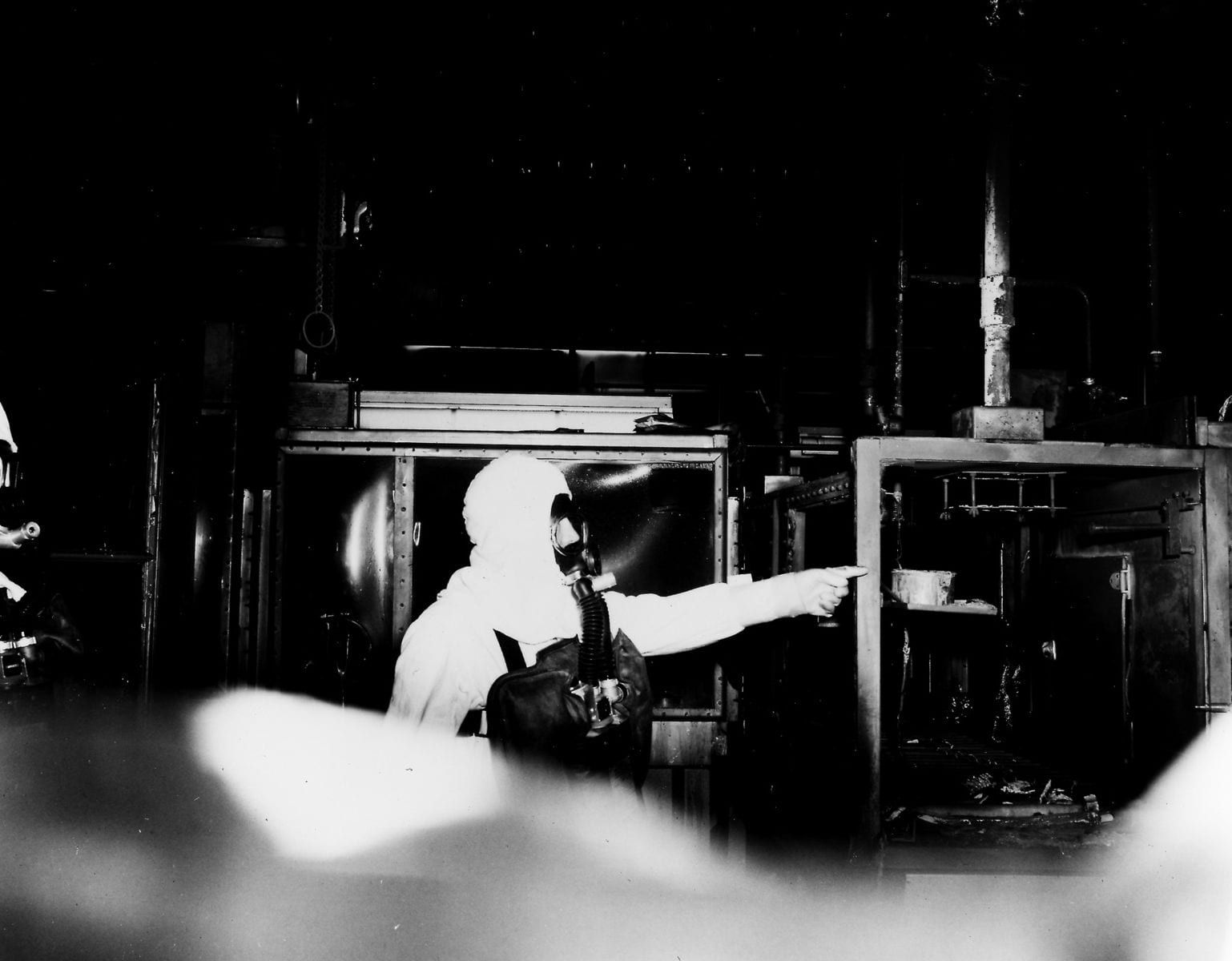
At the Rocky Flats nuclear weapons facility outside of Denver, a crisis ensued in 1957 that could’ve easily resulted in a meltdown capable of taking many lives and making parts of Colorado uninhabitable for thousands of years similar to the devastation of the Chernobyl disaster of 1986. A fire broke out in the facility’s plutonium processing building, which bested multiple safeguards and sent plumes of radioactive fumes into the air.
The fire burned for 13 hours, and when it was finally extinguished, Colorado officials and media weren’t made aware of how serious the accident was. The United States Atomic Energy Commission told the Denver Post that the fire “resulted in no spread of radioactive contamination of any consequence.” The public didn’t learn about the 1957 disaster until another dangerous fire broke out at Rocky Flats in 1969, which motivated Coloradans to protest the facility’s closure.
February 9, 1960 – Adolph Coors III is murdered in a botched kidnapping scheme
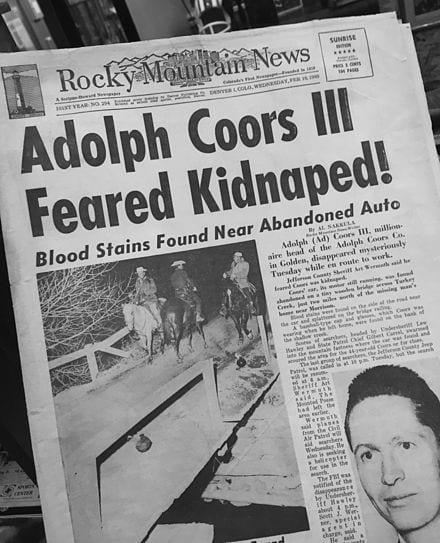
Adolph Coors III, the heir to the Coors Brewing Company empire, was killed in a botched kidnapping outside of Morrison, Colorado on his way to work in February of 1960. A milk delivery man was making his rounds and discovered what was later determined to be Coors’ car on a bridge with the radio still on. Police found Coors’ hat, glasses, and a bloodstain.
Coors’ wife Mary received a ransom note the next day demanding $500,000 for his release. A massive manhunt ensued that was the largest since the one launched after the Lindbergh baby kidnapping of 1932. Officials were met with dead ends until seven months later when a hiker found a penknife bearing the initials ‘ACIII’ in a remote area near Pikes Peak. Coors’ skull was discovered at the site soon after.
Joseph Corbett Jr., a murderer who’d escaped prison, was later tied to the murder and arrested in Canada. Since there were no witnesses to the crime, it’s impossible to know what exactly happened. However, between Coors’ ransom note and the fact that Corbett’s coworkers overheard him talking about a plan that would earn him “a million dollars,” it can be assumed that Coors fought hard to preserve his life and that the infamous Colorado crime didn’t go according to Corbett’s plan.
1964 – The Beatles perform at Red Rocks
The Beatles’ 1964 Red Rocks show might be the most iconic music performance in Colorado music history, but it didn’t sell out the famous venue even though every other show on the rest of the Fab 4’s first US tour easily did. Everything from the venue’s distance from Denver to inept venue staff has been blamed over the years, but there’s a more compelling story here than ticket sales.
The band had received multiple death threats and was well aware of the danger of playing on an exposed, outdoor stage beforehand. Luckily for music fans and the band, no violence occurred. Despite not selling out, the show set a box office record for Red Rocks and is widely considered to be the venue’s first notable rock ‘n’ roll performance.
April 1, 1970 – US Census shows 2,207,259 Colorado residents living in the state
The first official US Census Colorado participated in as a state was in 1880, and it was estimated that 194,327 residents lived in the state. 90 years later, that number grew to 2,207,259 in 1970. As recently as the 2010 census, 5,029,196 residents called Colorado home, and that number is expected to rise with the results of 2020’s US Census.
Today, Colorado is still amid a dramatic swell in population, but the state has seen rapid growth before. In the 1880’s census, the results found that Colorado residents had increased by 387% over ten years.
The aforementioned events are some of the most notable in Colorado’s timeline, covering nearly 100 years of history since statehood. There is a myriad of historic moments that happened before 1876, and plenty more important events that happened more recently, which all shaped the Centennial State we know today.

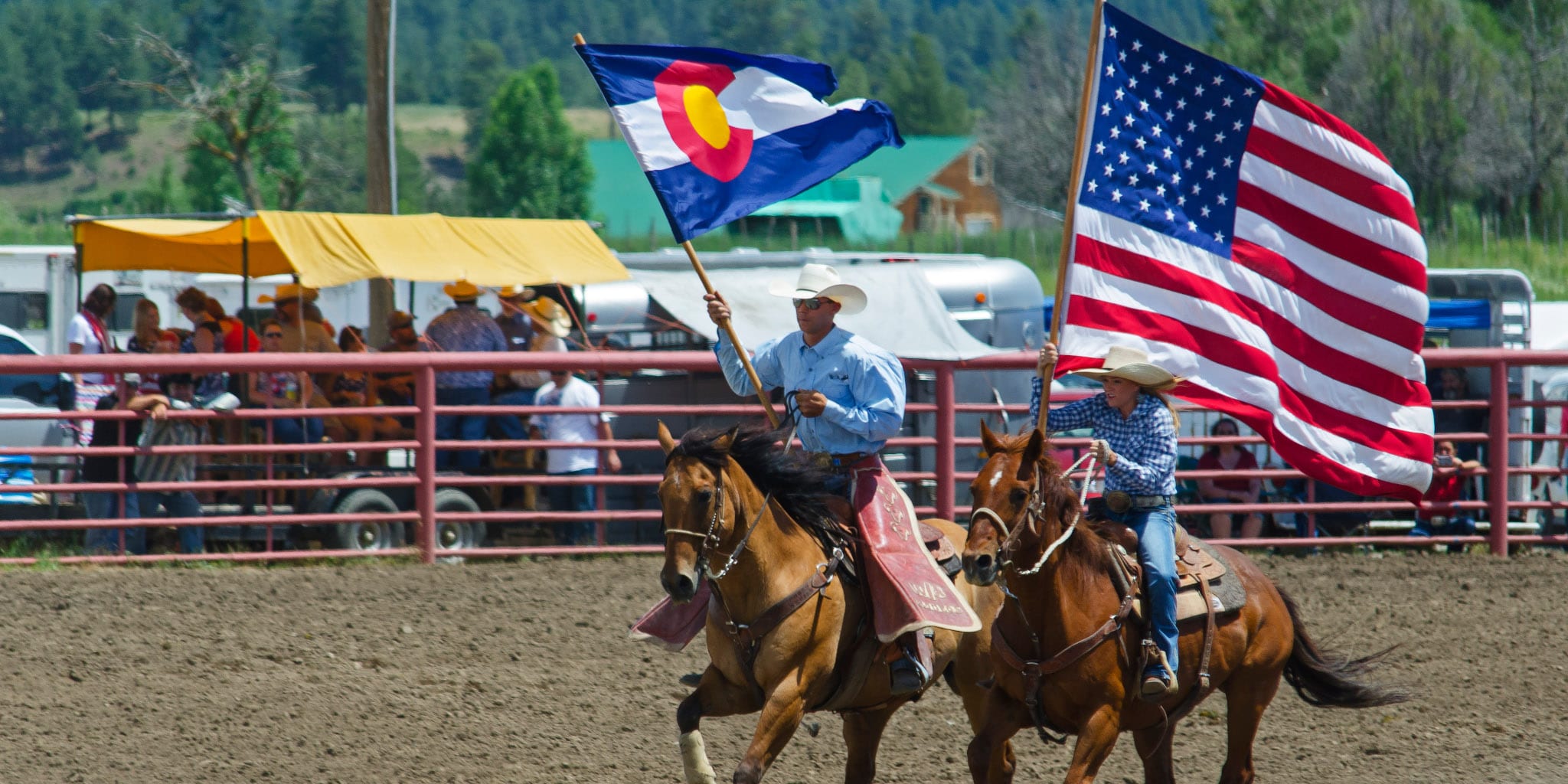
 20+ Best Colorado Lakes & Reservoirs
20+ Best Colorado Lakes & Reservoirs